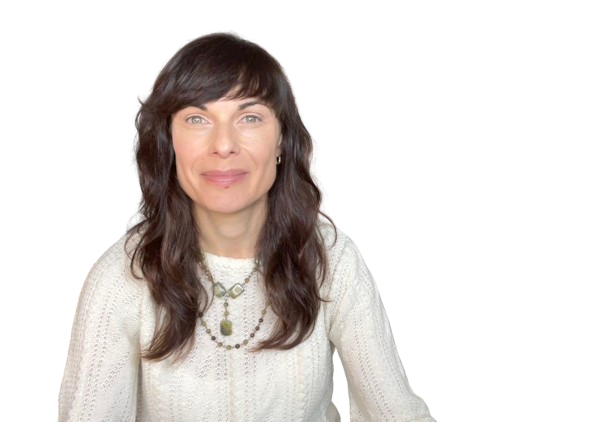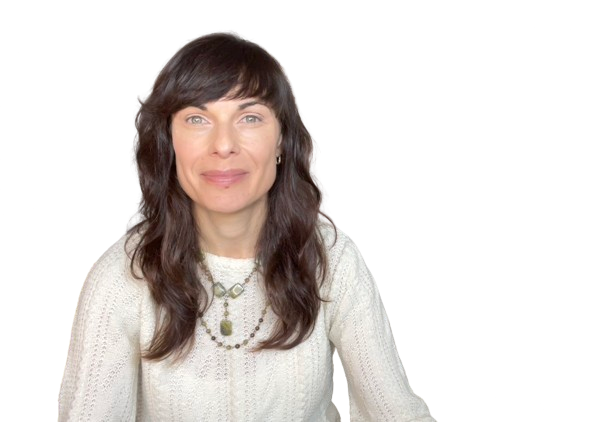Not knowing or fully understanding what’s behind all the mess can be scary
Life clutter shows up in many ways aside from our physical spaces. It’s a puzzle with many pieces that include unfinished to-do lists, unresolved emotions, clutter in our minds with repetitive and intrusive thoughts, and the buildup of unresolved issues with family, friends, and partners, to name a few… It’s an element of our life that isn’t being dealt with, and it then accumulates. Unfortunately, for many of us, things need to get really bad before we feel motivated to do anything.
It doesn’t have to be this way. Not knowing or fully understanding what’s behind all the mess can be scary. Knowing what help you need and reaching out can be even more frightening, confusing, and overwhelming. All the scary things that come with change make it easier to stay in the comfort of what we are used to than roll up your sleeves, face the truth, and make those difficult changes.
Timing is everything. Going too hard too fast can cause trauma or re-traumatize in itself. It’s important to slowly uncover what’s in the cramped closets of your life and start by getting informed, gathering tools and strategies to deal with stress, and having faith that improving things is in your power. As you take appropriate risks at the level of intensity that keeps you stable and growing, you will see the rewards in all aspects of your life.
Emotional Effects and Clutter it Creates
Being able to truly accept your reality and emotional state is not easy. It’s important to understand that we are all human. We all experience trauma, which simply means a difficult experience that remains unresolved and trapped in our bodies. Knowing this can help you understand that there is nothing wrong with you and that healing will accompany the courage to take the first step to face the truth.
When we grow up, we have experiences that form the way we think, believe, and behave. We learn behaviours from our parents and caregivers that we bring into adulthood. These behaviours affect how we deal with finances, our addictions, cleaning habits, life clutter, how we love, and how we act in relationships. Sometimes these behaviors are learned, while other times, we develop them as coping mechanisms to stay safe during the traumatic experience.
What I’ve learned from my own experiences and noticed with clients is that these traumatic experiences also make it difficult to manage our emotions, which then affects our actions and decision-making. A cycle then gets ingrained into our system, and we make decisions based on emotional reactions instead of logic based on the situation. Often, this shows up as avoiding dealing with tasks that feel overwhelming and triggering, so clutter piles up (everything from taking care of banking to home repairs to dealing with piles of unfolded laundry). Take a second here to think of what piles up for you when you feel overwhelmed, stressed, and not like yourself.
Emotional Effects and Clutter it Creates
Being able to truly sit with your reality and your emotional state is not an easy task. It’s important to understand that we are all human, we all experience trauma, which simply means a difficult experience that remains unresolved and trapped in our bodies. Knowing this can help you understand that there is nothing wrong with you and that healing will come along with the courage to take the first step to face the truth.
When we grow up, we have experiences that form the way we think, believe, and behave. We learn behaviours from our parents and caregivers that we bring into adulthood. These behaviours affect how we deal with finances, our addictions, cleaning habits, to life clutter, how we love, and how we act in relationships. Sometimes these behaviours are learned while other times we develop them as coping mechanisms to stay safe during the traumatic experience.
What I’ve learned from my own experiences and noticed with clients is that these traumatic experiences also make it difficult to manage our emotions, which then affects our actions and decision-making. A cycle then gets ingrained into our system, and we make decisions based on emotional reactions instead of logic based on the situation. Often, this shows up as avoiding dealing with tasks that feel overwhelming and triggering, so clutter piles up (everything from taking care of banking to home repairs to dealing with piles of unfolded laundry). Take a second here to think of what piles up for you when you feel overwhelmed, stressed, and not like yourself.
Clutter in Relationships
The beliefs, behaviours, and reactions we form early on are emotional and often non-verbal. When we remain unaware of those early stories, we inevitably recreate them in our adult relationships, where we get trapped in triggers and entangled in others’ triggers, trauma, and reactions. When one person is triggered and unable to take responsibility for it, let alone be aware that they are triggered and dealing with a flashback, it becomes a ping-pong game of fighting, avoiding, deflecting, blaming, and projecting. This inevitably will strain or destroy even the strongest bonds.
An example of how this can look in the home is when one person is always cleaning up the mess of a partner, literally and figuratively. This could be cleaning up after them in the kitchen, taking care of all the finances, or taking on all the responsibility of caring for the emotional side of the relationship’s needs. Often, this resembles codependent dynamics. When people grow up in homes that have unresolved trauma, codependency is usually an automatic response that shows up OR hyper-independence, which makes it very difficult to ask for help and makes you feel like you can only rely on yourself). Again, these behaviours are modeled and learned as a child, and you bring that with you into the world at large when you grow up.
All of these examples show a lack of boundaries which then make it unclear who is responsible for what. Many people didn’t have a role model to show them what a healthy relationship looks like or how a home needs to be managed and maintained. This also includes self care and staying healthy: emotionally, mentally, physically and spiritually.
I’ve seen families, couples, and individuals living a life where they take responsibility for 50% and the rest is hidden in closets, drawers, and cupboards. On the surface their home looks decent but if you open up a drawer you’ll see everything is a mess, unclear and unresolved. This creates a mirror image of how they are dealing with life, their trauma and their relationships.
Now what? How to clutter-free relationships and stabilize your emotions
The great news is that there is an abundance of new strategies, research, and effective ways to heal from trauma and reconnect with your true essence and life purpose. Below is part of the process that I use with clients to help them get clarity, gain tools to be more stable, and slowly deal with the life clutter and unresolved trauma.
- Values and focus
- Being disconnected from what is important to you, your needs, and your life purpose is very common when you have struggled with trauma and challenging life experiences.
- Taking time to evaluate what matters to you now and what you want to create helps give you an anchor and a road map to your boundaries and where to focus your energy.
- Building the Foundation
- Making your general health a priority!!! Master the basics:
- Sleep, exercise, healthy food
- Socializing
- Fresh air and nature
- Exercises to regulate and strengthen your nervous system
- Self-care and daily routines
- Making your general health a priority!!! Master the basics:
- Boundaries
- What’s on your side of the street? What is your responsibility, and what is out of your capacity?
- Pay attention to feelings of anger. It’s telling you that a boundary has been crossed, and if it remains unspoken, resentment builds. What boundary is being crossed that you need to set around your self-care, clutter, and relationships?
- Letting Go + Healing
- Being able to release trauma comes in many forms. This can be very powerful when done in a physical space as a mirror of what’s trapped in the body physically, emotionally, energetically and in the nervous system.
- Pairing this process with relationship work where you communicate, come to shared understandings, and focus on letting go of resentment, hurt, and pain while moving towards common ground, respect, and shared values.
To learn more how you can gain more awareness around your past and the clutter it creates book a free 30 minute clarity call here and get reconnected to your natural rhythm.

Tonia Cordi is a decluttering trauma coach and teacher who works with people who want to change, grow and heal. Her 5 step process allows individuals to declutter their life, reconnect with themselves, their life purpose and heal from trauma. You can learn more about her approach on website or youtube channel.

Tonia Cordi is a decluttering trauma coach and teacher who works with people who want to change, grow, and heal. Her five-step process allows individuals to declutter their lives, reconnect with themselves and their life purpose, and heal from trauma. You can learn more about her approach on her website or YouTube channel.





Thanks for offering your help. I struggle with what to keep and what to let go. I feel fearful. I have been diagnosed with ADHD
You are very welcome. I’m glad you found it helpful. Taking it one step at a time and doing small chunks can help with the fear and feeling overwhelmed with what to do.